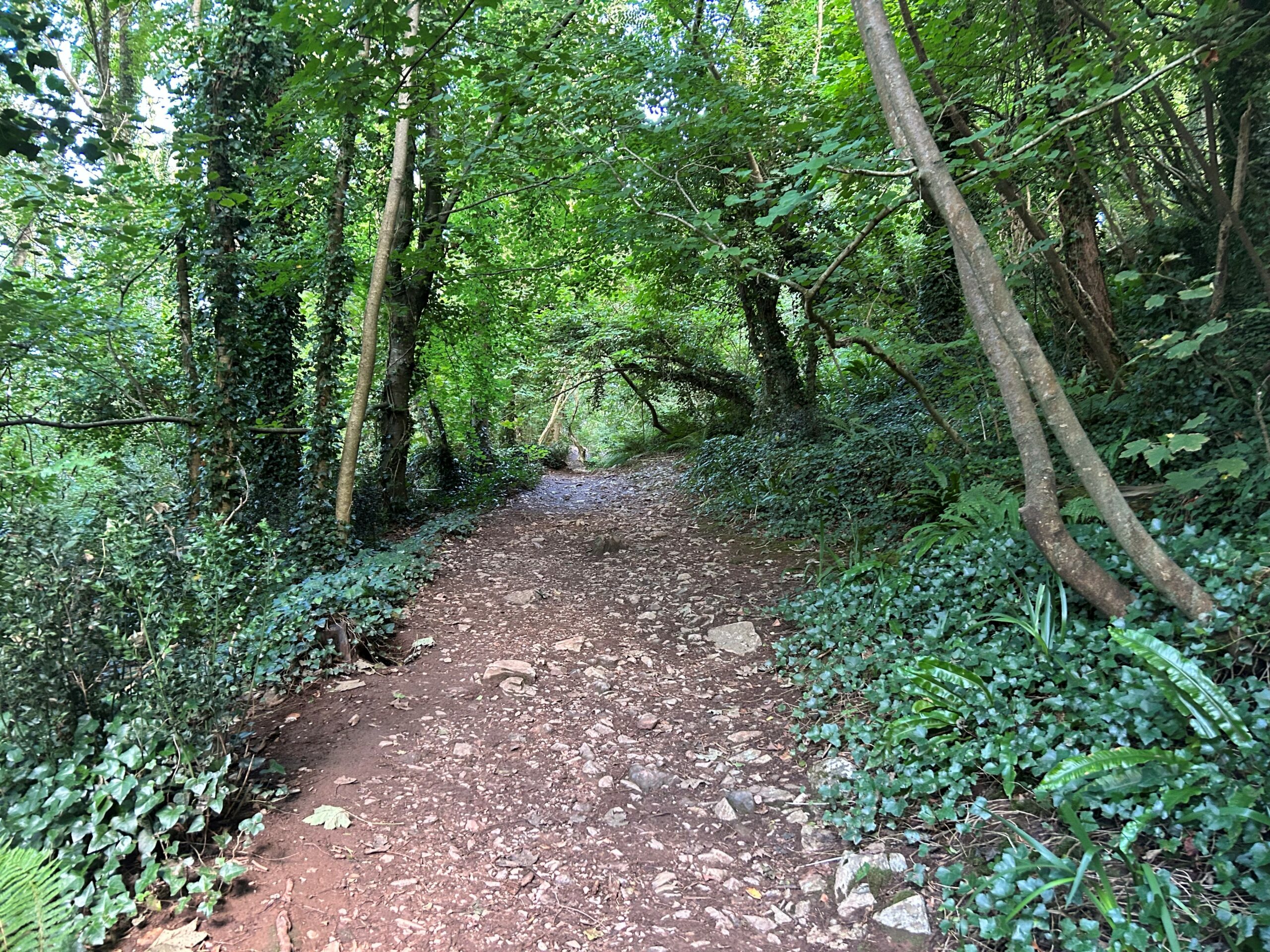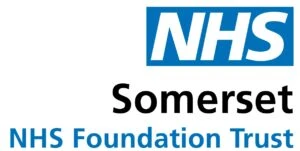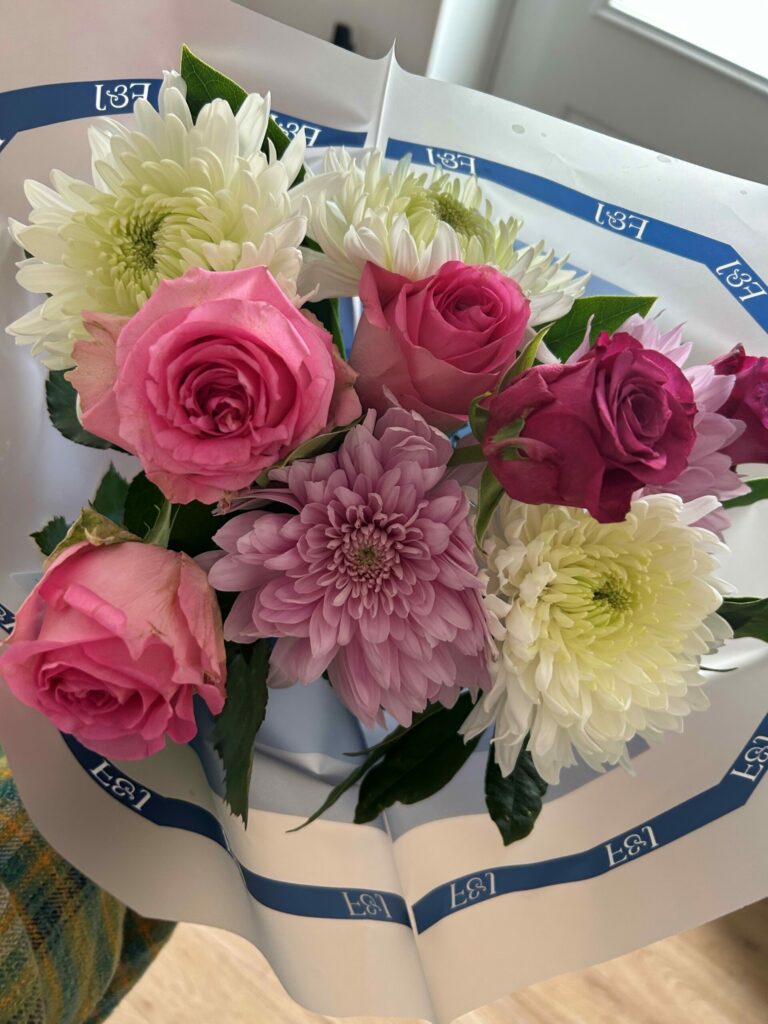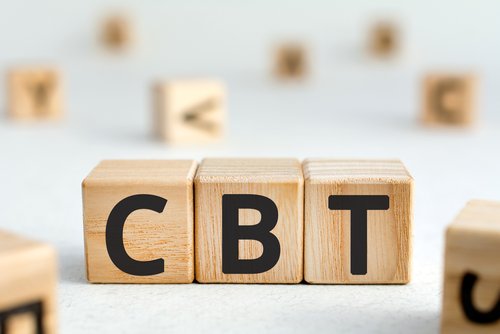
Common specific phobias include a fear of:
-
Situations, such as airplanes, enclosed spaces or going to school
-
Nature, such as thunderstorms or heights
-
Animals or insects, such as dogs or spiders
-
Blood, injection or injury, such as needles, accidents or medical procedures
-
Others, such as choking, vomiting, loud noises or clowns
Each specific phobia is referred to by its own term. Examples of more common terms include acrophobia for the fear of heights and claustrophobia for the fear of confined spaces.
Signs and symptoms of a specific phobia may include:
-
An immediate feeling of intense fear, anxiety and panic when exposed to or even thinking about the source of your fear
-
Awareness that your fears are unreasonable or exaggerated but feeling powerless to control them
-
Worsening anxiety as the situation or object gets closer to you in time or physical proximity
-
Doing everything possible to avoid the object or situation or enduring it with intense anxiety or fear
-
Difficulty functioning normally because of your fear
-
Physical reactions and sensations, including sweating, rapid heartbeat, tight chest or difficulty breathing
-
Feeling nauseated, dizzy or fainting around blood or injuries
These symptoms may cause difficulties in day-to-day activities such as work, studying, social activities or relationships with others.

Treatments & Resources






